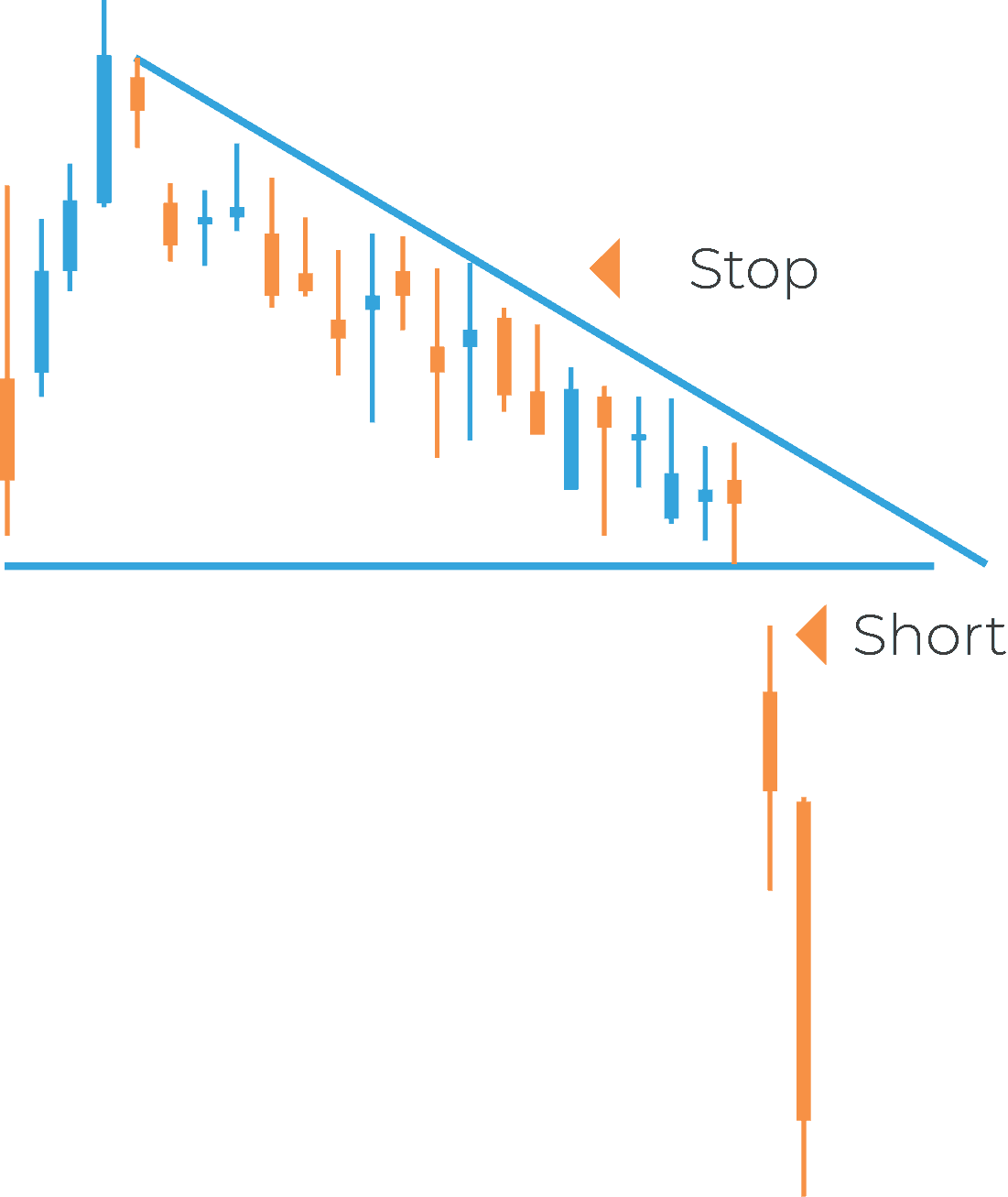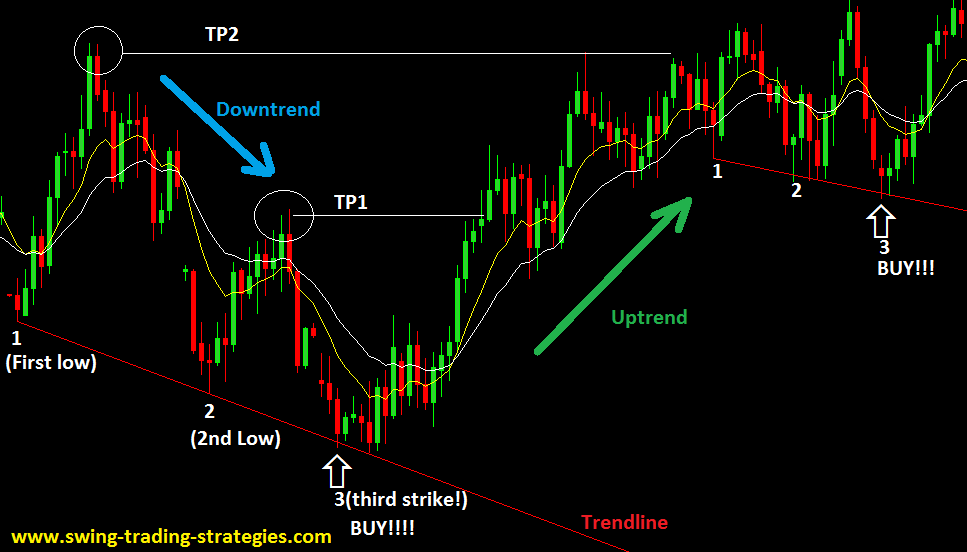Content

Now let’s look at how leverage works in the case of contracts for difference. For example, you want to buy 1 share of Hewlett-Packard, which costs $18. Even on the best day, the value of the shares can change by 3-4 dollars, and therefore your income will be 3 dollars. In the picture above, I decided to move away from stocks and show this through the example of a Brent oil contract. I’ve already calculated that 100 contracts will cost me about $900 in CFD margin. This is quite acceptable for my balance of almost 5000, so I will buy 100 contracts.
- The capital that you need to have in your account to open and maintain a leveraged position is called your margin.
- For every point the price of the instrument moves in your favour, you gain multiples of the number of CFD units you have bought or sold.
- Not so long ago, trading in financial markets required you to have a separate account on each of the exchanges.
- Demos let you experience the platform before you make your first deposit.
The first and foremost rule is to always follow the rules of your trading strategy. Any slip-up or indulgence is guaranteed to lead to a loss or problems. And as a specialist, I am absolutely satisfied with the trading conditions, commissions, and the server’s response to instant price changes or slippage. Trading with trading robots is called algorithmic trading. Their advantage is that they do most of the work for the trader, from looking for signals to enter the market, to fully automated trading without the participation of the trader.
You can go long or short with CFDs
Simply put, it’s about speculating on the actual price itself and nothing else. For example, instead of buying physical Gold, believing that it’s increasing in value, a trader can buy a CFD on Gold (Figure 1) and close it at a later date, when suitable for them. In fact, contracts for difference are the perfect way to create locks and synthetic hedging positions. But their main advantage is the ability to instantly hedge a long or short position in physical stock.
Discover everything you need to know about CFDs and find out how to trade a variety of asset classes using this derivative product. Because the industry is not regulated and there are significant risks involved, CFDs are banned in the U.S. by the Securities and Exchange https://g-markets.net/helpful-articles/how-to-find-overbought-or-oversold-stocks-easy/ Commission (SEC). Due to a migration of services, access to your personal client area is temporarily disabled. An alternative Alpari website offers services that are better suited to your location. There are several popular strategies to bear in mind when trading CFDs.
CFD vs. Share (Stock) Trading
One of the key benefits of CFD trading is that you can sell an asset if you think it will fall in value. This is known as going short and enables you to make a profit from falling prices. By short selling the same shares as CFDs, you can try and make a profit from the short-term downtrend to offset any loss from your existing portfolio. With regards to tax, there is no stamp duty to pay on CFDs since the underlying asset isn’t owned. Overall, tax represents one of the areas that CFDs save traders costs compared to traditional trading.

The net profit of the trader is the price difference between the opening trade and the closing-out trade (less any commission or interest). While CFDs offer an attractive alternative to traditional markets, they also present potential pitfalls. For one, having to pay the spread on entries and exits eliminates the potential to profit from small moves. When the position is closed, the trader must pay another 0.01% commission fee of £10.
The most popular platform, of course, is the MetaTrader 4 trading terminal. It has everything you need for trading, a large set of technical analysis financial instruments, and the ability to download historical charts. Because Forex brokers have the most extensive range of contracts for difference, which is much wider than that offered by stock brokers and investment banks. But contracts for difference is an indefinite instrument since the underlying asset has no maturity. When you choose short selling CFDs, it’s basically the same, only now you profit when the sell or buy price of the underlying asset is below the sell or buy price at which the trade was opened. But when buying stock CFD contracts, you do not need to have the entire amount on your CFD trading account, you only need the margin.
What is CFD Trading?
A CFD (contract for difference) is a derivative that gives the buyer the right to buy or sell a predefined amount of an underlying security at a fixed price over a specified time. In general, CFDs are considered leveraged contracts because they carry a high degree of leverage and can be extremely profitable for experienced traders. CFDs trading does not require large sums of money from traders to start opening positions. In fact, the available leverage plays an important role in allowing small margin requirements for positions. This is not to say that small investments are necessarily a good approach. It’s important to have enough equity to withstand volatility and adverse market conditions regardless of the required margin to open a position.
Some asset prices have a spread wrapped around it, while other CFD trades will incur a commission – it all depends on which market you’re trading. It is an advanced trading strategy that is utilized by experienced traders only. There is no delivery of physical goods or securities with CFDs. A CFD investor never actually owns the underlying asset but instead receives revenue based on the price change of that asset. For example, instead of buying or selling physical gold, a trader can simply speculate on whether the price of gold will go up or down. Expert Advisors are programmes which use algorithms to trade the markets.
MINIMUM DEPOSIT
The initial value of the trade is £10,011, but the final value is £10,564.80. The net difference between the purchase price and the sale price is determined. The net difference representing the gain from the trades is settled through the investor’s brokerage account. For that reason, FXTM has created a guide to CFDs, answering the big question, ‘what is CFD trading? As long as the position remains open, the trader will be charged margin interest on the borrowed funds.
The amount of margin interest charged is typically calculated based on the size of the position and the amount of time that the position is held open. Margin interest is the cost of borrowing money from a broker to trade, and it accrues daily based on the amount of margin used by the trader. Position trading of CFDs requires a long-term approach to how the investor determines the likely price movement. Position trading, unlike scalping, gives the long-term price trend higher priority than how the market fluctuates in the short term. See if you can do well in a safe environment, and don’t assume your performance will be any better when you start risking real money.
As CFDs allow you to short sell, they are often used by investors as ‘insurance’ to offset losses made in their physical portfolios. Instead of choosing how much of a particular asset you would like to invest in – such as 100 HSBC shares – you pick how many contracts to buy or sell. To close a CFD, you need to trade in the opposite direction to when you opened it.
The maintenance margin goes up and down depending on the prices of assets you are trading. Your account’s equity must always cover the maintenance margin to keep the positions open, especially in case of running losses. A contract for difference (CFD) allows traders to speculate on the future market movements of an underlying asset, without actually owning or taking physical delivery of the underlying asset. CFDs are available for a range of underlying assets, such as shares, commodities, and foreign exchange.
How Does CFD (Contract For Difference) Trading Work?
Online CFD accounts make opening positions and managing risk parameters easy. In summary, most top-ranked brokers can meet the needs of short and long-term traders. Day traders prefer shorter periods to find opportunities, so they need to sign up with a broker who offers a more extensive range of instruments to trade daily. Short-term traders benefit more from the scouting tools that make it easier to find trading opportunities.

CFD trading accounts are portals through which traders can access the market. Your account shows your trades, cash balance, and any correspondence history between you and the broker. Thankfully, you can access your account through applications you download and install on a mobile phone or PC. The difference between the price you opened and the price you closed the CFD position equates to your potential profit or loss, minus any relevant costs. To hedge a trade in a real asset using contracts for difference, you need to open a CFD trade in that asset in the opposite direction of the trade in the underlying asset. If you bought the underlying asset, you need to open short position with CFD in the same volume.
Now your position is live, your profit and loss will move as the underlying market goes up and down. A key risk-management technique is to place an order, such as a stop loss, that will automatically close the trade if the market reaches a certain level. It is important that you have enough funds in your account to cover your margin. The margin calculator in the trading platform will automatically calculate how much you’ll need to open a position.


 ?
?